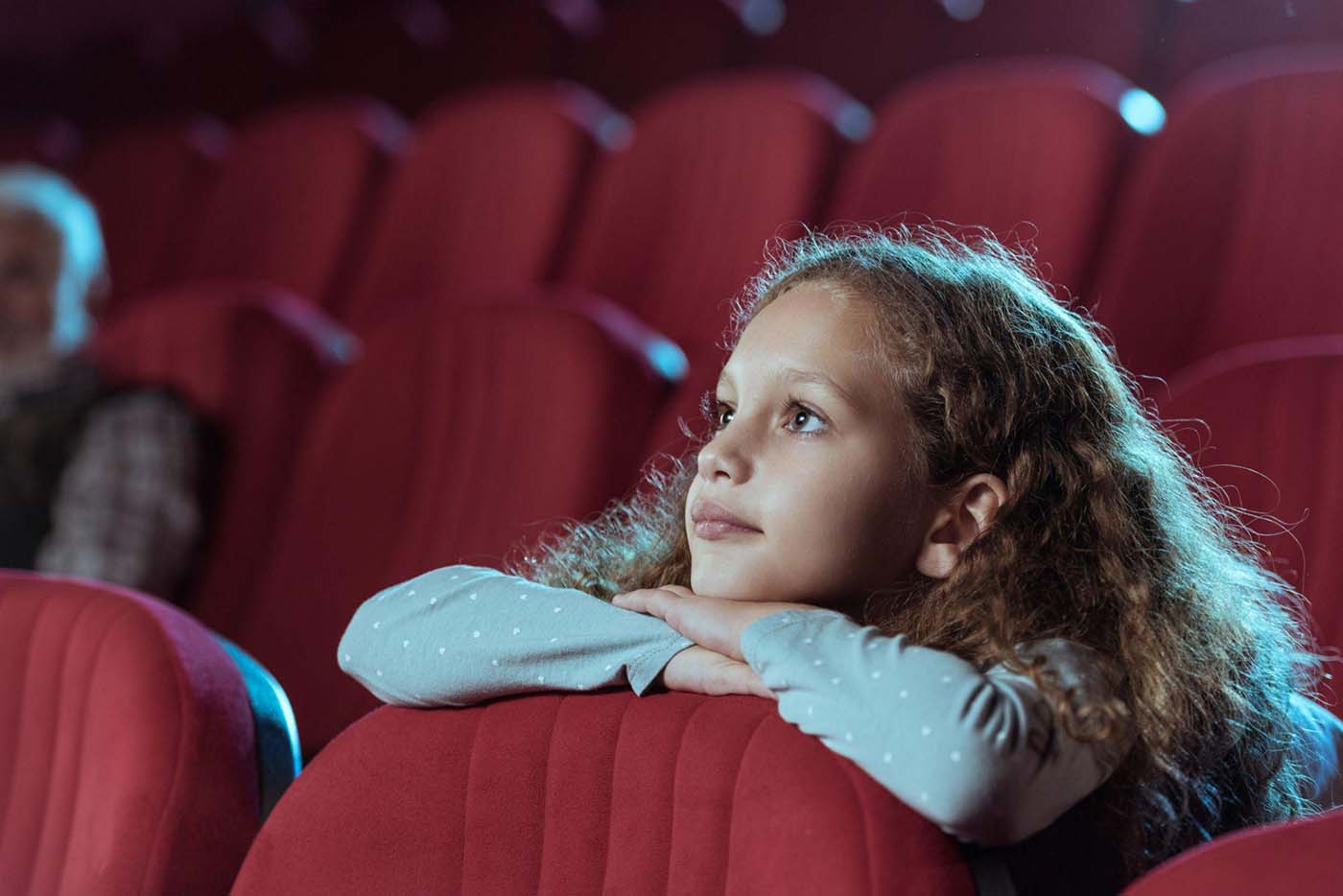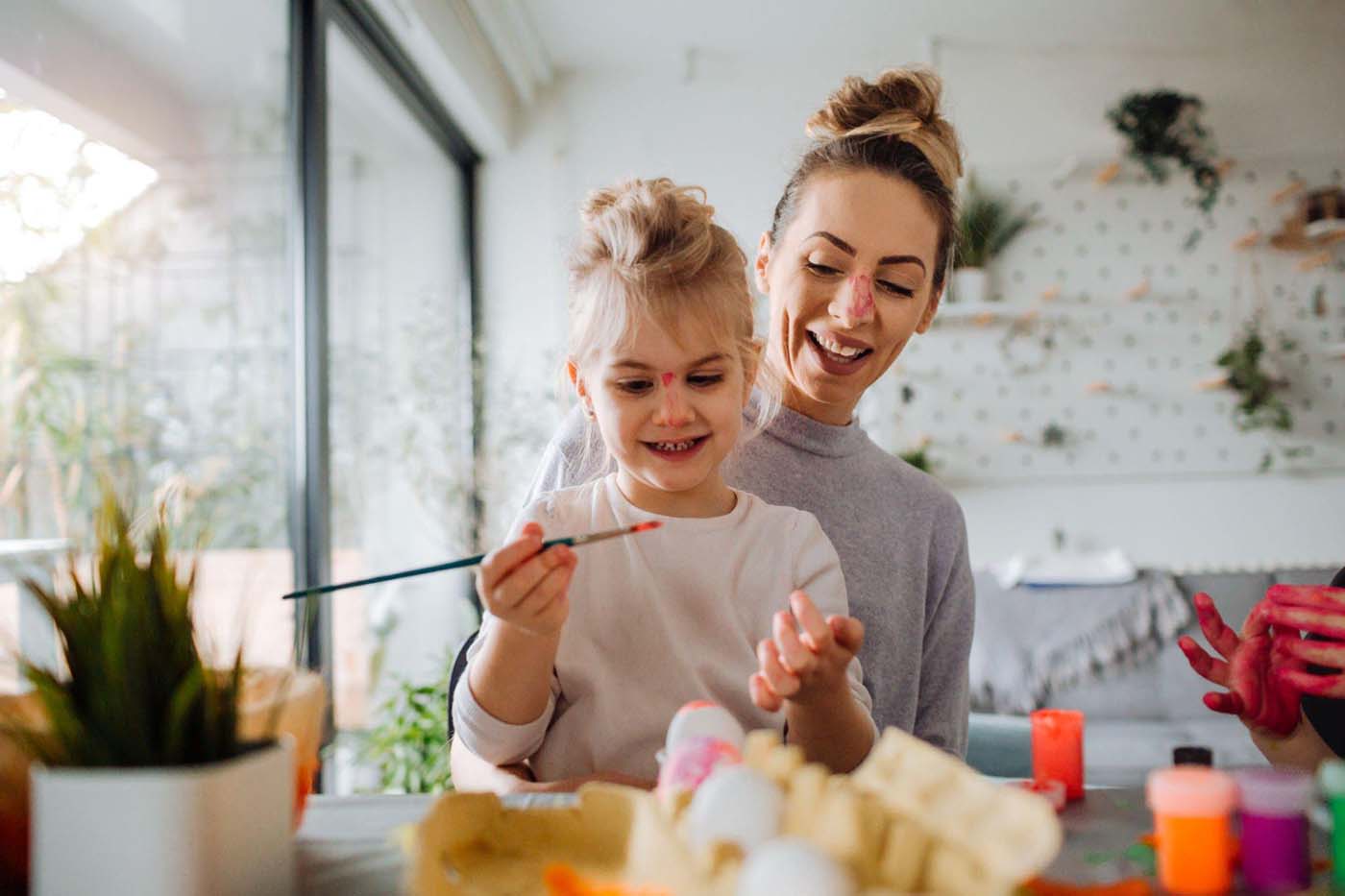In a world increasingly influenced by algorithms and technology, the importance of arts and culture should never be underestimated. The arts not only foster creativity and critical thinking but also serve as a gateway to understanding different cultures, epochs, and philosophical underpinnings of society. For children, exposure to the arts can ignite the imagination, enhance academic performance, and provide a profound sense of joy.
In this post, you’ll discover ten exciting ways to introduce your children to the vast and vibrant world of arts and culture.

1. Take Them To A Live Performance
There’s nothing like experiencing the arts first-hand, and live performances offer a sensory feast that can deeply move both adults and children alike.
Whether it’s a Shakespearean play, a Broadway musical, or an opera, the immediacy of a live event can be transformative. For example, watching the intense drama unfold in Sweeney Todd at Lunt-Fontanne Theatre could become a pivotal experience for a child, offering them a window into the complexities of storytelling, character development, and emotional expression.
2. Create A Home Art Studio
Foster creativity by setting up an art corner or a mini-studio at home. Stock it with supplies like colored pencils, watercolors, and sketchbooks. This dedicated space serves as an inviting arena for children to freely express their artistic ideas without limitations. The aim is to encourage open-ended play that nurtures their creativity.
3. Attend Cultural Festivals
Cultural festivals provide an excellent opportunity for children to experience a variety of art forms in one venue. From music and dance to crafts and cuisine, these events offer a comprehensive look at the richness and diversity of human expression. They are excellent for teaching children about different cultures, historical periods, and artistic styles.
4. Visit Museums And Art Galleries
Nothing broadens one’s artistic perspective like a trip to a museum or art gallery. Many establishments offer child-friendly guided tours and interactive exhibits that can keep young minds engaged. Understanding the history and context behind each piece of art can deepen a child’s appreciation and spark their curiosity.
5. Try DIY Art And Craft Projects
Crafting can be a fun and educational experience. Simple DIY projects like making dream catchers, crafting puppets, or even building miniature landscapes can teach your children about various art forms and cultures. Plus, they get a tangible outcome of their creative efforts, which can be empowering.

6. Introduce Them To Classical Music And Instruments
Not all kids will be the next Mozart, but an introduction to classical music and instruments can be enriching. Even simply listening to symphonies or attending a local orchestra concert can be a fascinating new experience for them.
7. Watch Animated Films From Around The World
Animated films can be as artistically valuable as any other form of visual art. They offer a different narrative style, utilize unique artistic techniques, and often include culturally specific references that can broaden a child’s worldview.
8. Encourage Reading
Books are a form of art that enriches the imagination. Encourage your children to read diversely—biographies, fiction, non-fiction, and even comic books can teach them about different cultures, ideas, and artistic forms of expression.
9. Enroll Them In Workshops Or Art Classes
Structured learning can provide the skills and techniques required to excel in a particular art form. Whether it’s painting, dance, music, or drama, enrolling your kids in workshops or art classes can provide them with the tools they need to explore their creative interests more deeply.
10. Travel As An Artistic Experience
If feasible, take your children on trips to places known for their cultural and artistic heritage. Whether it’s the art deco architecture of Miami or the ancient ruins of Rome, traveling exposes kids to the diversity of human achievement and the multifaceted nature of art across different civilizations.
Conclusion
Cultivating a love for the arts in your children is one of the greatest gifts you can give them. It’s more than just a hobby or a pastime; it’s a lens through which they can view and interpret the world. From attending shows to embarking on artistic travels, the ways to introduce your kids to this realm are as endless as the creative possibilities that lie within them.
By taking these steps, you’re not just entertaining your kids; you’re enriching their lives and setting the stage for a more thoughtful, imaginative, and culturally aware adulthood.








